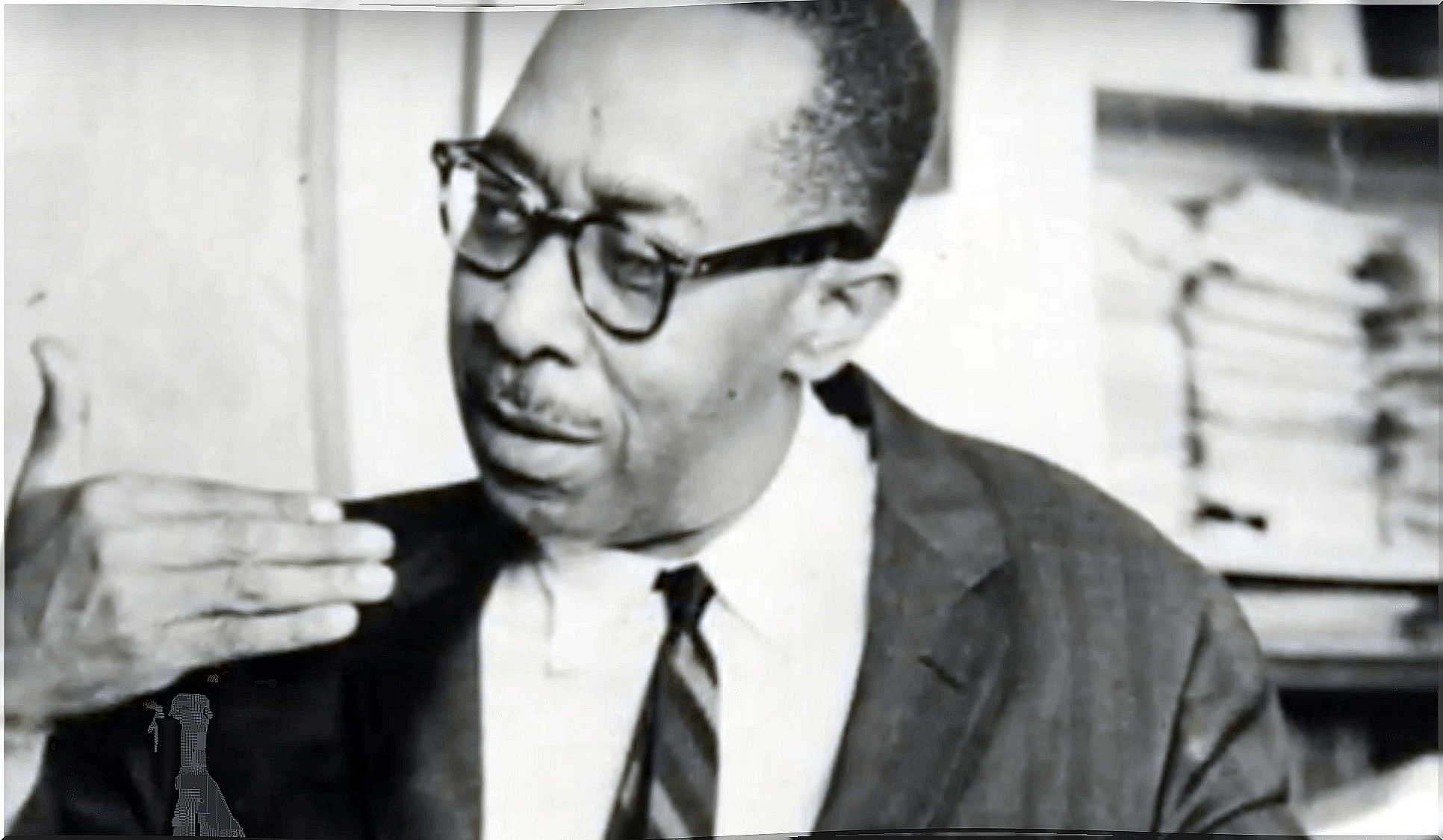Kenneth B. Clark, Biography Of The Psychologist Who Fought Against Racial Segregation

Kenneth Clark published a report in 1950 on his research on racial discrimination of children in America’s schools. This document served to unmask the psychological effects produced by the racial segregation advocated by the Jim Crow laws and which, furthermore, favored their abolition in 1954.
Clark made a large number of contributions to both social psychology and experimental psychology and society in general, with the help of his wife Mamie Phipps Clark, also a psychologist. In addition, he is recognized for his research on Afro-descendant culture and for being the first African-American president of the American Psychology Association (APA). Without a doubt, he was a man who believed and fought for radical changes in society from the academic field.
His life
He was born in the Panama Canal in 1914 and died in 2005 in New York. At an early age he moved with his family to New York and studied at Howard University. He received a doctorate in psychology from Columbia University and specialized in experimental psychology. In addition, he was the first African-American full professor at the City College of New York.
Kenneth Clark married the American social psychologist Mamie Phipps Clark, with whom he worked, especially, on self-awareness in African American preschool children. They later moved to Harlem, where Clark earned his doctorate in psychology from Columbia University.

His work
Kenneth Clark worked with Ralph Bunche, one of his professors and a Nobel Peace Prize winner, on a study of race relations. The findings, published as An American Dilemma in 1944, became required reading in many colleges and universities in the US On the other hand, he founded the Northside Center for Child Development in 1946. His work started out very promising.
Shortly after, Kenneth Clark wrote the report on the effects of racial segregation on children that piqued the interest of Judge Robert Carter. He used it as part of the arguments that achieved the abolition of the Jim Crow laws before the Supreme Court of the United States.
Later, Kennert Clark was a consultant to government and private agencies, as well as the first African-American member of the New York State Board of Regents. In addition, he founded Harlem Youth Opportunities Limited and Kenneth B. Clark & Associates, a consulting firm on race issues.
Kenneth Clark’s work
In the work of Kenneth Clark it is difficult to differentiate between personal and professional life. He dedicated his time, effort and knowledge to the fight for change and the improvement of the living conditions of the African American community in the United States.
He wrote numerous books and articles about the condition of African Americans as a result of segregation. His most important works were Prejudice and your son , A possible reality and Challenge of power . He later became a professor at the City College of New York, where he taught psychology. At the same time, along with his wife Mammie Phipps, he worked for no pay at the Northside Child Development Center, treating children with personality disorders.

An example of struggle and improvement
Despite the fact that the ruling of the United States Supreme Court represented a radical change in terms of racial segregation, the real changes were slow in coming and the prejudices continued. In addition, Kenneth Clark became a leading academic activist. He headed education commissions to ensure the integration of African American children in schools.
When the right knowledge is allied with the best causes, they are able to move mountains and tear down walls that seem insurmountable. Clark never gave up his fight, until the day he died in 2005. He was a living example of the importance of social psychology in our daily lives.









